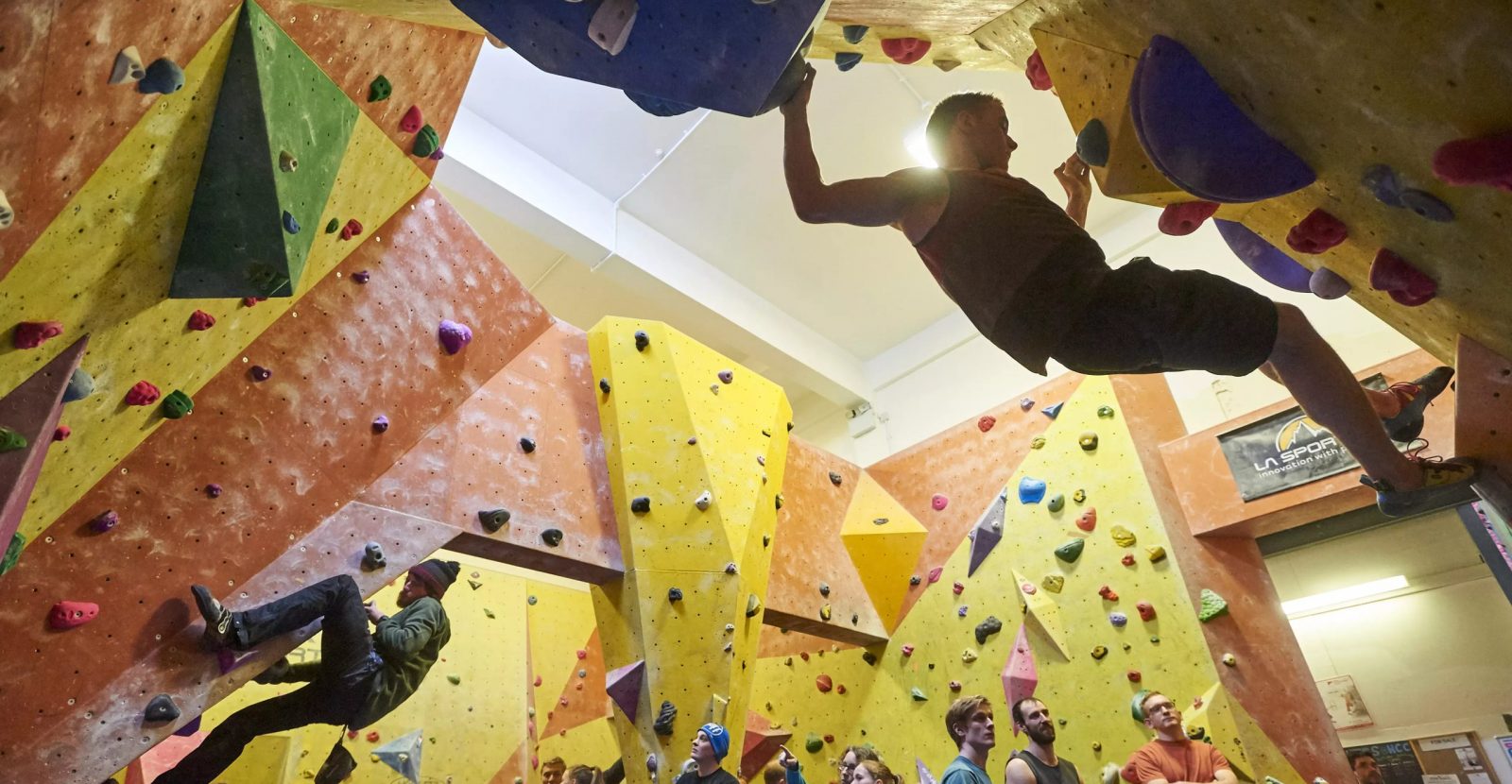Why climbing is great for mental health and how to cope without it
We can all relate to the feeling you get when you top the climb you’ve been working on for weeks. You’ve spent attempt after attempt dialling down those moves, learning how to position your fingers on each hold and figuring out where to fit in the most efficient rest. Then, out of the blue, everything you’ve been working on just slots into place and you flow through each move all the way to the top. You feel euphoric. All the repetition and failed attempts were worth it. Now you’re planning your next challenge and you feel like you can conquer anything.
It’s easy to see that climbing can be great for your mood. But does it run deeper than that? Exactly how good is climbing for our mental health? First and foremost, climbing is exercise and we all know that exercise is good for our mental health. Physical exercise causes your brain to produce chemicals such as endorphins, dopamine and serotonin which, in short, make you feel good. It also gives you a sense of achievement and a boost to your self-esteem. Perhaps when you started out you feared heights or were unsure if you could physically make it to the top. But you did and the challenge it presented made the reward of success that much sweeter. You had shown to yourself that you are capable of more than you believed. If you could do this what else could you achieve? Furthermore, although the act of climbing itself is a solitary experience, the sport of climbing is social. Whether it’s meeting your friends at the local wall or meeting up at the crag, regardless of your ability you can encourage each other, give each other hints and tips, or just make fun of each other. Just as much time is spent on the ground socialising, having fun and catching up as is spent in that solitary zone on the wall. Socialisation is another tick in the box when it comes to the brain releasing chemicals that make us feel good.
Not convinced yet? Let’s get a little deeper.
Anyone who has tackled a climb which pushes them to their limits, or requires intense levels of concentration, will know the feeling of being in ‘the zone’. All external stimuli are switched off and it’s just you and the wall. This is what is often referred to a being in a state of flow and is very similar to the state you achieve when you meditate. In the flow state you are fully immersed in what you are doing, you are free from distractions and anything else which was occupying your mind is let go of. The benefits of being in a flow state include letting go of stresses and worries, improved attention capacity, a sense of clarity and feelings of elation. So, there you have it, climbing is not only great for your physical health, it’s great for your mental health too.
With the current dramatic changes to our lifestyles, increased stressors and a limited ability to exercise, the state of flow which we achieve through climbing is something we could all benefit from now. So how can we achieve this while going climbing isn’t an option? This is where meditation comes into it. When you’ve got a spare 15 minutes try out the exercise below and see if you can mimic the state of flow you achieve through climbing.
- Find yourself a quiet space with no distractions and make yourself comfortable. I would suggest sitting cross-legged or lying flat on your back on the floor
- Close your eyes and start focusing on your breath. Notice the changes in your body as you breathe in and out and if your mind wanders bring it gently back to your breath
- Once your breath has settled into a gentle rhythm, bring your attention to your body
- Starting with your feet explore any sensations you have; heat, cold, a breeze on your skin
- Slowly move your awareness up through your body, from your feet up to your knees, hips, belly, fingertips, arms, shoulders, back, neck, head, continuing to breathe in a gentle rhythm
- Now begin to visualise a climb which sticks in your memory and slowly walk yourself through your pre-climb routine
- Take a few deep breaths, step on to the wall and begin the movements of the climb
- Notice the texture and shape of the holds, the position your body is in, the pressure as you place your feet and any other sensations as you ascend
- When you reach the top notice how this makes you feel and hold on to this
- Remain in this position for as long as you wish then slowly bring your attention back to the room and open your eyes when you are ready
We hope to be able to welcome you back at the centre soon and now you know how great climbing is for you perhaps we will see you a little more often.

Blog by Jenni Myers HCC Manager
